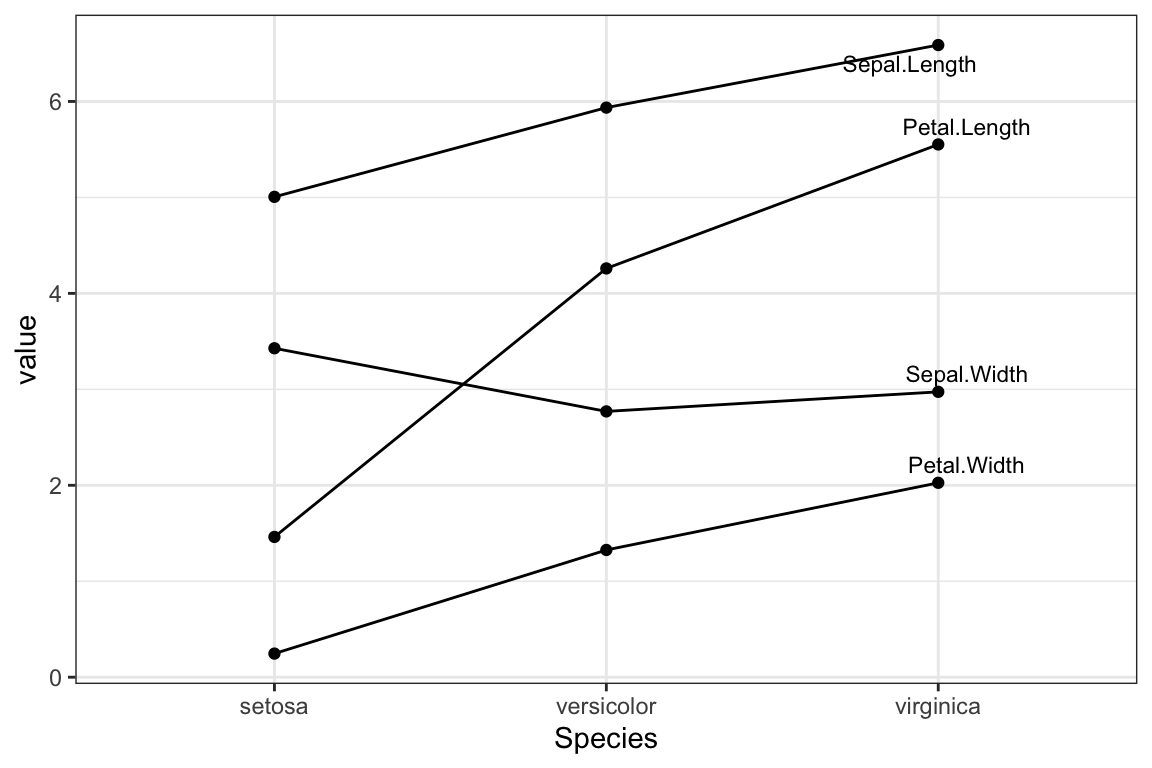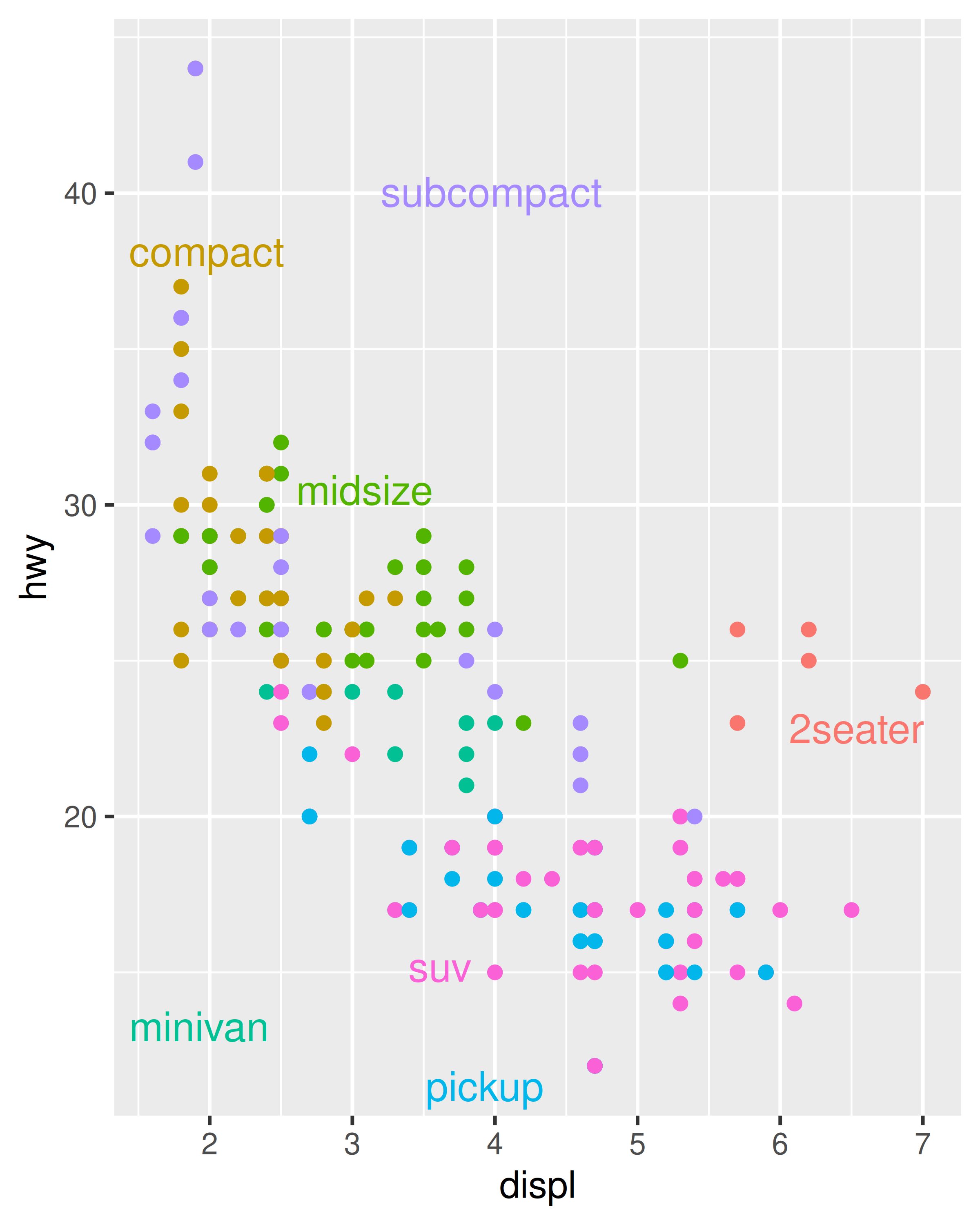

# combine the two 3x3 matrixes horizontally Within egg you first get the grid graphical object (or grob) from each plot, then convert into a 3x3 gtable with the central cell being the plot using the gtable_frame function, and then combine the plots using gtable_cbind or gtable_rbind for horizontal and vertical combination respectively: require(grid) # then combine with the top row for final plot Plots <- align_plots(plot.mpg, plot.iris, align = 'v', axis = 'l')īottom_row <- plot_grid(plots], plot.diamonds, These can be aligned using the align_plots() function: # first align the top-row plot (plot.iris) with the left-most plot of the

Within cowplot we nest together two layouts: bottom_row <- plot_grid(plot.mpg, plot.diamonds, labels = c('B', 'C'), align = 'h', rel_widths = c(1, 1.3)) If we want one plot to cover multiple slots within the panel it is a little more complicated, but possible for both. You have to modify the ggtable objects given to the grid.arrange function directly. Ggarrange(plot.mpg, plot.diamonds, nrow = 1, labels = c("A","B"))Īs an aside, grid.arrange from the gridExtra package is much more difficult to get the plots to align in. The egg package, by contrast, automatically aligns plots within its ggarrange function: require(egg) plot_grid(plot.mpg, plot.diamonds, align = "h", labels = c('A', 'B')) To align the plot contents you add an argument stating that align = “h” for horizontally, “v” for vertically or “hv” for both. Plot_grid(plot.mpg, plot.diamonds, labels = c('A', 'B')) Plot.diamonds <- ggplot(diamonds, aes(clarity, fill = cut)) + geom_bar() + Plot.mpg <- ggplot(mpg, aes(x = cty, y = hwy, colour = factor(cyl))) + The cowplot package has the plot_grid function which will combine plots into one - this does not automatically align the plot content though. The gridExtra package has been around the longest, but I’m going to focus on the cowplot and the egg packages in this tutorial as they have useful functionality regarding alignment of plots. There are numerous packages that take ggplot2 objects and can combine them into multiple plots. We build a matrix using the matrix function, saying that we want 2 rows, 2 columns, for the first two plots to take up one unit and for the third to take up two units of space. Here you give layout a matrix that explains how you want the plots laid out on the page. If you want one plot to be bigger than the others you are better off using the layout function. There is no limit to how many rows and columns you can choose by changing mfrow but it will always result in every plot taking up the same size of space. It’s generally a good idea to set mfrow back again to c(1,1) once you have finished as it will stay at whatever you have it currently for the rest of the session (this has caught me out many many times).

Par(mfrow = c(1, 2)) # here we set the new number of rows of plots to be 1 and the number of columns to two You can change the number of slots in each page by changing the mfrow value in par. The simplest way to combine multiple plots into one in base R is to change the graphical parameters so that instead of starting a new page each time you plot a new plot you add it to the next slot in the current page.


 0 kommentar(er)
0 kommentar(er)
